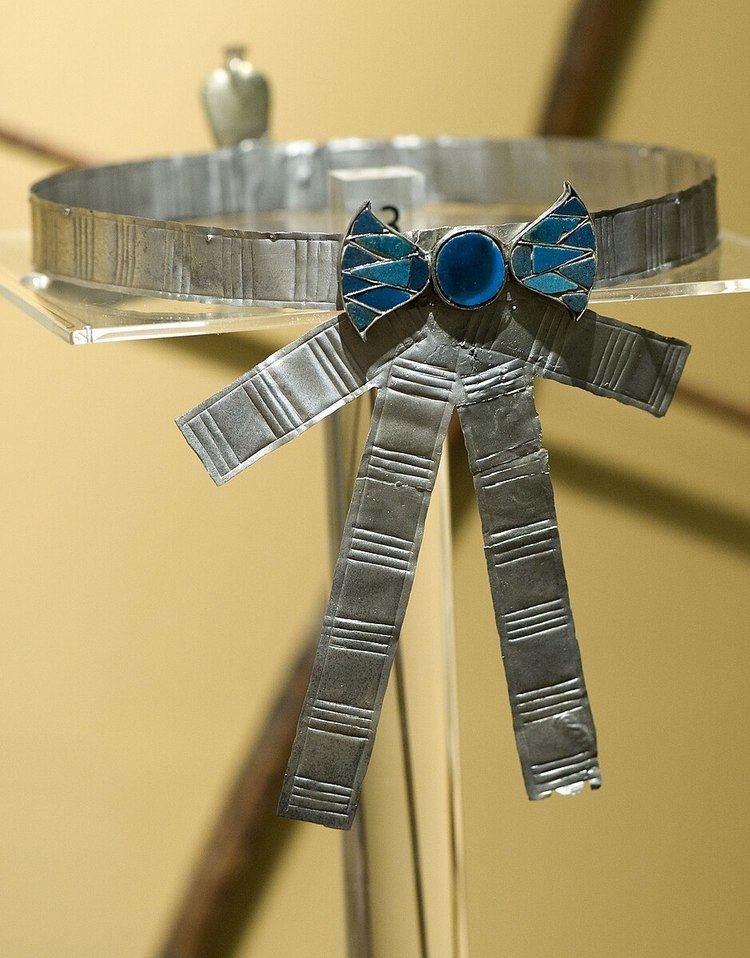 | ||
A fillet was originally worn in classical antiquity, especially in cultures of the Mediterranean, Levant and Persia, including Hellenic Culture. At that time, a fillet was a very narrow band of cloth, leather or some form of garland, and they were frequently worn by athletes. It was also worn as a sign of royalty and became symbolized in later ages as a metallic ring which was a stylized band of cloth.
Later, in medieval times, a fillet was a type of headband worn by unmarried women, in certain monkhoods, usually with a wimple. This is indicated in the sign language of said monks (who took oaths of silence), wherein a sweeping motion across the brow, in the shape of a fillet, indicated an unmarried woman.
References
Fillet (clothing) Wikipedia(Text) CC BY-SA
